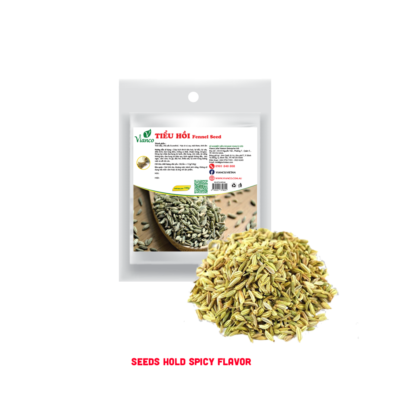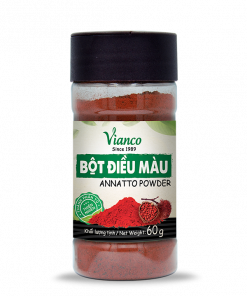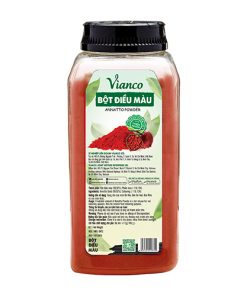No products in the cart.
Fennel Seed
Weight: it depends on customer’s demand.
Nutritional ingredient: fennel seed are essential oils (mainly Anethol). They are quite spicy, fragrant, and warm.
Benefits: fennel seed help stimulate digestion, diuretics, lactation, and menstruation. They also cut down phlegm, fight spasm, laxatives, and worms. Fennel seed sometimes used to treat abdominal pain, caused by cold, bloating, vomiting, and indigestion. These problems may come from kidney failure, irregular menstruation, chest pain, flu, whooping cough, intestinal parasites, and malaria attacks.
Preservation: store fennel seed in cool and dry places without the sunlight.
Expiration date: 2 years


 Tiếng Việt
Tiếng Việt













Reviews
There are no reviews yet.